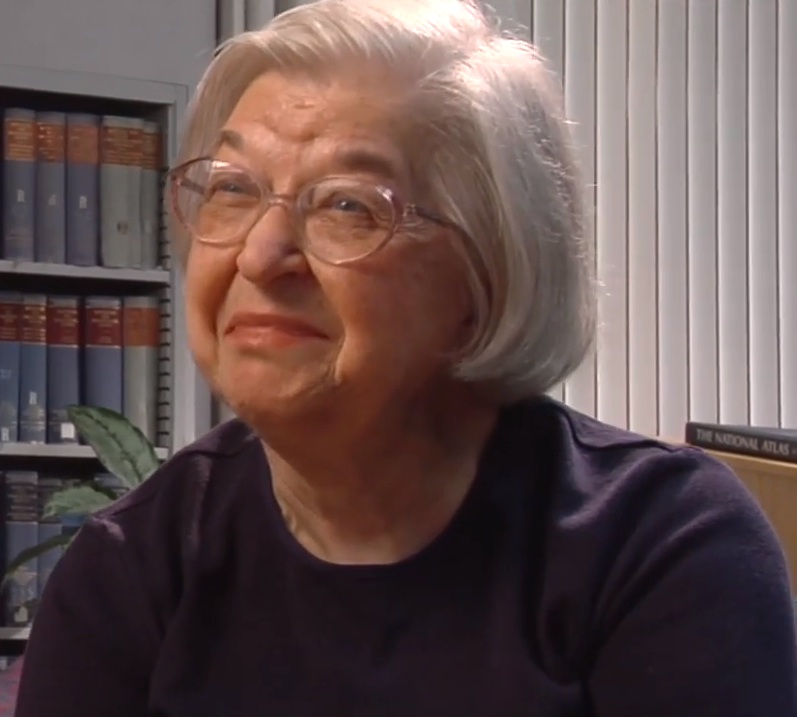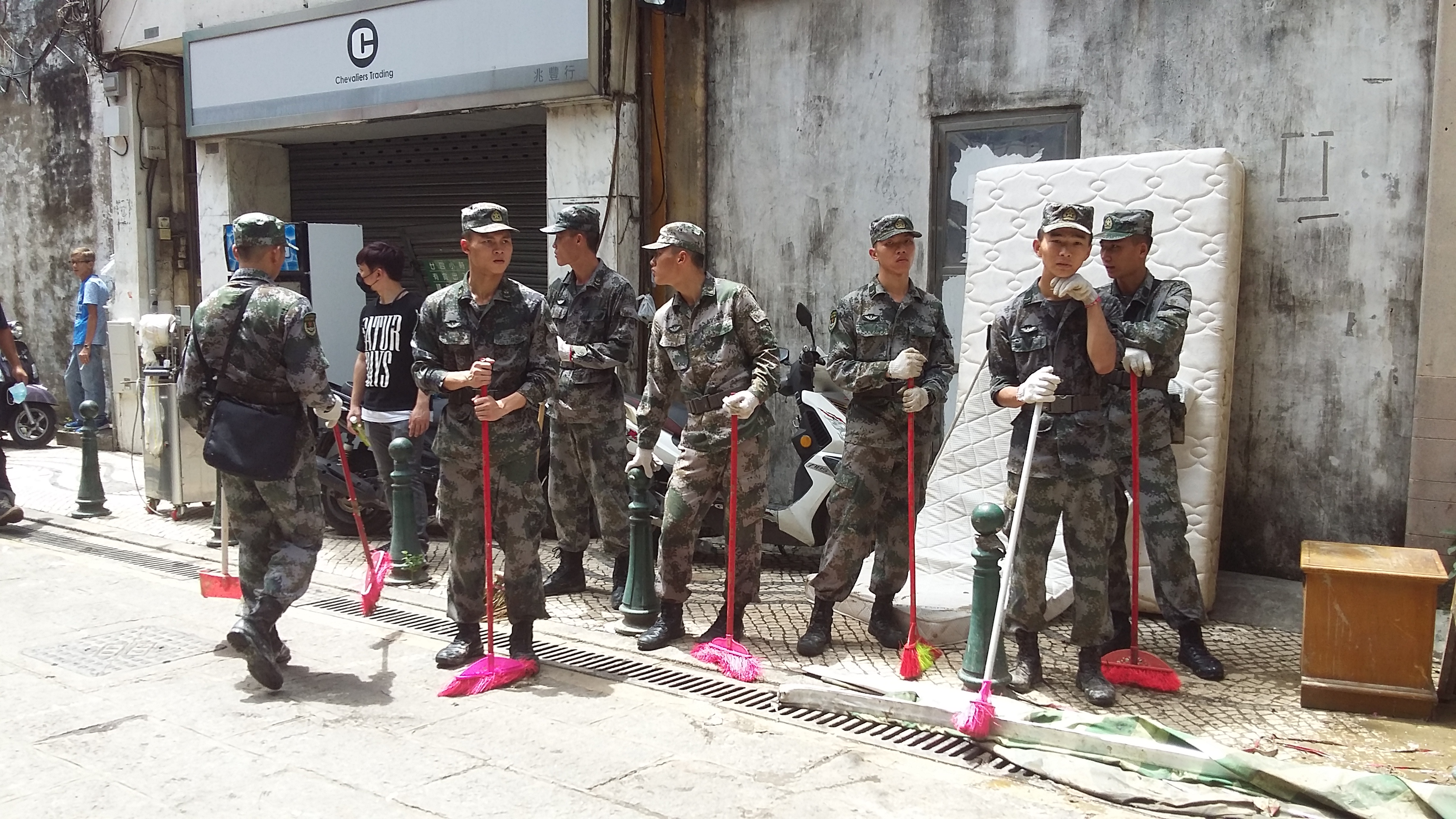|
QGF-03
The QGF-03 helmet () is a combat helmet deployed by the People's Liberation Army in 2005. The helmet, like its predecessor the QGF-02, is made from a Kevlar composite material and replaces older steel helmets such as the GK80 for frontline troops. History The QGF-03 is being replaced by the QGF-11 (Type 11) and the Type 15A helmet, based on a tender notice issued by the PLA on August 4, 2017. Development The QGF-03 helmet was a development from the first Chinese kevlar helmet, the QGF-02, first produced in 1994 and issued to units such as the Hong Kong Garrison and the Macao Garrison. The QGF-02 was intended to be lighter than the existing steel helmets and ballistically equivalent to the US PASGT helmet. The development of the helmet was based on the Gefechtshelm M92. It later changed to use the Modular Integrated Communications Helmet, MICH helmet as a basis. Users * * : Reportedly used by Kenyan soldiers. References Combat helmets of the People's Republic of Ch ... [...More Info...] [...Related Items...] OR: [Wikipedia] [Google] [Baidu] |
Combat Helmet
A combat helmet, also called a ballistic helmet, battle helmet, or helmet system (for some Modular design, modular accessory-centric designs) is a type of helmet designed to serve as a piece of body armor intended to protect the wearer's head during combat. Helmets designed for warfare are among the earliest types of headgear to be developed and worn by humans, with examples found in several societies worldwide, the earliest of which date as far back as the Bronze Age. Most early combat helmets were designed to protect against close-range strikes, thrown objects, and low-velocity projectiles. By the Middle Ages, helmets that protected the entire head were common elements of Plate armour, plate armor sets. The development of firearms, cannons, and explosive weaponry rendered armor intended to protect against enemy attack largely obsolete, but lightweight helmets remained for identification and basic protection purposes into the late 19th and early 20th centuries, when developments ... [...More Info...] [...Related Items...] OR: [Wikipedia] [Google] [Baidu] |
GK80
The GK80 () is a Chinese steel combat helmet first developed in the late 1960s. Developed as part of a Chinese military aid to Albania in response to the Sino-Soviet split, the helmet was initially designated as the "Type 69" and was only issued in small numbers within the People's Liberation Army. An improved design was re-designated as the GK80 and was adopted as the standard combat helmet of the PLA in 1980. The move was part of a PLA modernization program immediately after encountering drawbacks in the Sino-Vietnamese War in 1979, which the PLA realized the necessity to modernize its arsenal. The GK80 in PLA service is being replaced by the aramid construction QGF02/03 helmets. Users * * * * : Sahrawi People's Liberation Army * * Islamic Republic of Afghanistan Non-state users * Kachin Independence Army * National Democratic Alliance Army * Myanmar National Democratic Alliance Army * United Wa State Army * Arakan Army The Arakan Army (; Abbreviation, abbr ... [...More Info...] [...Related Items...] OR: [Wikipedia] [Google] [Baidu] |
People's Liberation Army
The People's Liberation Army (PLA) is the military of the Chinese Communist Party (CCP) and the People's Republic of China (PRC). It consists of four Military branch, services—People's Liberation Army Ground Force, Ground Force, People's Liberation Army Navy, Navy, People's Liberation Army Air Force, Air Force, and People's Liberation Army Rocket Force, Rocket Force—and four arms—People's Liberation Army Aerospace Force, Aerospace Force, People's Liberation Army Cyberspace Force, Cyberspace Force, People's Liberation Army Information Support Force, Information Support Force, and People's Liberation Army Joint Logistics Support Force, Joint Logistics Support Force. It is led by the Central Military Commission (China), Central Military Commission (CMC) with its Chairman of the Central Military Commission (China), chairman as Supreme Military Command of the People's Republic of China, commander-in-chief. The PLA can trace its origins during the Republic of China (1912– ... [...More Info...] [...Related Items...] OR: [Wikipedia] [Google] [Baidu] |
Kevlar
Kevlar (para-aramid) is a strong, heat-resistant synthetic fiber, related to other aramids such as Nomex and Technora. Developed by Stephanie Kwolek at DuPont in 1965, the high-strength material was first used commercially in the early 1970s as a replacement for steel in racing tires. It is typically spun into ropes or fabric sheets that can be used as such, or as an ingredient in composite material components. Kevlar has many applications, ranging from bicycle tires and sailcloth#Kevlar, racing sails to bulletproof vests, due to its high Specific strength, tensile strength-to-weight ratio; by this measure it is five times stronger than steel. It is also used to make modern marching drumheads that withstand high impact, and for Mooring, mooring lines and other underwater applications. A similar fiber, Twaron, with the same chemical structure was developed by Akzo in the 1970s. Commercial production started in 1986, and Twaron is manufactured by Teijin Aramid. History Poly- ... [...More Info...] [...Related Items...] OR: [Wikipedia] [Google] [Baidu] |
Sohu
Sohu, Inc. () is a Chinese Internet company headquartered in the Sohu Internet Plaza in Haidian District, Beijing. Sohu and its subsidiaries offer advertising, a search engine (Sogou.com), on-line multiplayer gaming (ChangYou.com) and other services. History Sohu was founded as Internet Technologies China (ITC) in 1996 by Charles Zhang after he completed his PhD from the Massachusetts Institute of Technology and received venture capital funding from colleagues he met there. The following year, Zhang changed the name of ITC to Sohoo in homage to Yahoo! after meeting its cofounder, Jerry Yang; the name was soon after changed to Sohu to differentiate it from the American company. Sohu has been listed on NASDAQ since 2000 through a variable interest entity (VIE) based in Delaware. Sohu's Sogou.com search engine was in talks to be sold in July 2013 to Qihoo for around $1.4 billion. On September 17, 2013, it was announced that Tencent has invested $448 million for a minority sh ... [...More Info...] [...Related Items...] OR: [Wikipedia] [Google] [Baidu] |
Hong Kong Garrison
The People's Liberation Army Hong Kong Garrison is a garrison of the People's Liberation Army (PLA), responsible for defence duties in the Hong Kong Special Administrative Region (SAR) since the handover of Hong Kong in 1997. The garrison is headquartered in Chinese People's Liberation Army Forces Hong Kong Building in Central, Hong Kong. The size of the Hong Kong garrison is approximately 10,000–12,000 personnel, including members of the People's Armed Police, People's Liberation Army Navy, People's Liberation Army Air Force, and People's Liberation Army Ground Force. Prior to the handover in 1997, the territory was under British rule, and the defence of the territory was the responsibility of the British Forces Overseas Hong Kong, with auxiliary help from the Royal Hong Kong Regiment. Role in Hong Kong The People's Republic of China (PRC) assumed sovereignty over Hong Kong on 1 July 1997 and the Central People's Government (CPG) stationed a garrison of the People ... [...More Info...] [...Related Items...] OR: [Wikipedia] [Google] [Baidu] |
Macao Garrison
The People's Liberation Army Macao Garrison is a garrison of the People's Liberation Army (PLA), responsible for defense duties in the Macau Special Administrative Region (SAR) since the sovereignty of Macau was transferred to China in 1999. The PLA stations between 500 and 600 troops in Macau, primarily as a symbolic presence to underscore Chinese sovereignty. The remainder of the 1,200-strong Macau garrison resides just across the Chinese border in Zhuhai. Although the Macao Basic Law states that the Macau SAR government may "when necessary" ask the central government to allow the garrison to assist in maintaining public order or disaster relief, Chief Executive Edmund Ho has said that, in keeping with the Basic Law the garrison will play no role in internal security. The garrison has maintained a low profile, with soldiers generally wearing civilian clothing when off base and not engaging in business activities. Mission According to the Law on Stationing Troops in the M ... [...More Info...] [...Related Items...] OR: [Wikipedia] [Google] [Baidu] |
Gefechtshelm M92
The Gefechtshelm M92 (or Gefechtshelm Schuberth B826) is the standard issue combat helmet of the ''Bundeswehr'', first fielded in 1992 as a replacement of earlier M1A1 helmets that were previously used during the Cold War. It is made from Aramid composite materials and is used by all branches of the Bundeswehr. History The Federal Office of Defense Technology and Procurement (''Bundesamt für Wehrtechnik und Beschaffung'') commissioned the Federal Ministry of Defence to investigate new helmet concepts at the end of the 1960s. In order to achieve a higher impact strength, different materials were tested, including titanium and plastics. However, at that time the use of titanium helmets was uneconomical due to the high production costs, while plastics were not mature enough at the time to meet military demands; composite materials were also checked. The shape of the helmet is similar to the U.S. PASGT helmet. The first M92 was issued in 1992 to the Bundeswehr.Brayley 2008, p. 56 ... [...More Info...] [...Related Items...] OR: [Wikipedia] [Google] [Baidu] |
Modular Integrated Communications Helmet
The Modular Integrated Communications Helmet (MICH) is a U.S. combat helmet and one of several used by the country's military. It was developed by the United States Army Soldier Systems Center to be the next generation of protective combat helmets for use by the U.S. Army. History The MICH was originally part of a series of combat helmets designed for the U.S. Army Special Operations Command as a replacement for the PASGT helmet and the various non-ballistic skateboard, bicycle, and whitewater "bump" helmets solely within those units. Development was done from 1997 before it was released in January 2001 by the United States Army Soldier Systems Center. The main reason for the development of the MICH was due to the protective but heavy PASGT being supplanted by these bump helmets by special forces operators due to them being lighter, more comfortable, closer-fitting, and made of plastic making them easier to mount accessories onto, especially night vision devices and commu ... [...More Info...] [...Related Items...] OR: [Wikipedia] [Google] [Baidu] |
Combat Helmets Of The People's Republic Of China
Combat (French for ''fight'') is a purposeful violent conflict between multiple combatants with the intent to harm the opposition. Combat may be armed (using weapons) or unarmed ( not using weapons). Combat is resorted to either as a method of self-defense or to impose one's will upon others. An instance of combat can be a standalone confrontation or part of a wider conflict, and its scale can range from a fight between individuals to a war between organized groups. Combat may also be benign and recreational, as in the cases of combat sports and mock combat. Combat may comply with, or be in violation of, local or international laws regarding conflict. Examples of rules include the Geneva Conventions (covering the treatment of people in war), medieval chivalry, the Marquess of Queensberry Rules (covering boxing), and the individual rulesets of various combat sports. Hand-to-hand combat Hand-to-hand combat (melee) is combat at very close range, attacking the opponent with the ... [...More Info...] [...Related Items...] OR: [Wikipedia] [Google] [Baidu] |





